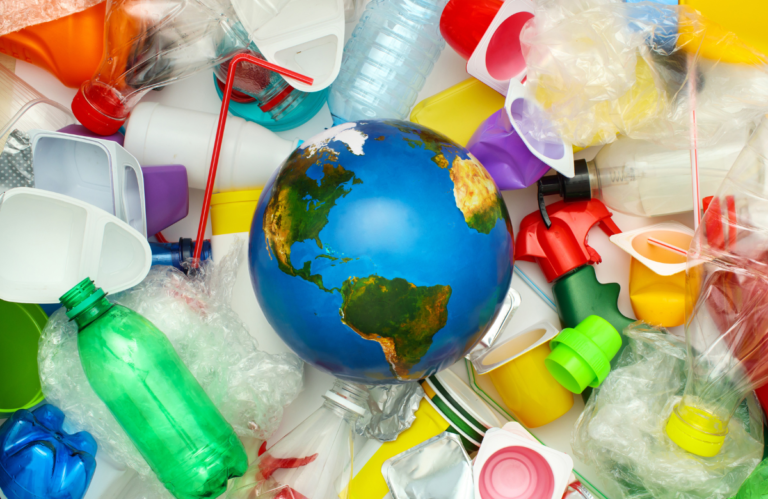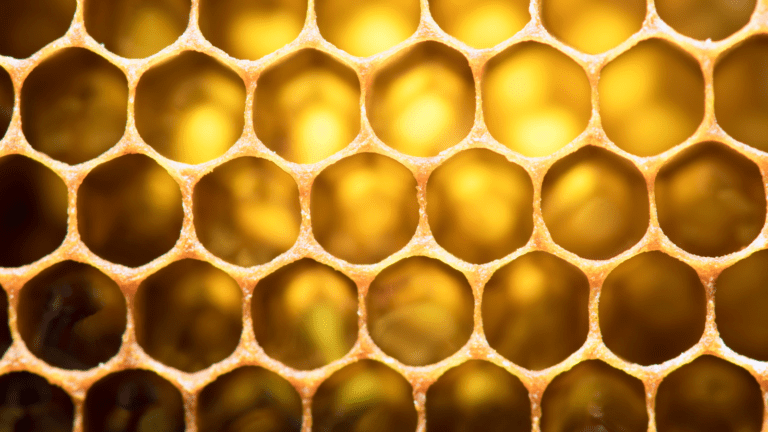Top tips for tackling plastic pollution – from marine scientists

Bryony A. Caswell, University of Hull; Cath Waller, University of Hull, and Clare E. Collins, University of Hull
Do you ever find yourself staring at the supermarket shelf in turmoil, trying to make the most environmentally sustainable choices from an overwhelming array of available products? You’ve brought your reusable shopping bags, you’ve searched for produce that isn’t wrapped in plastic and you’ve carefully scanned the labels for evidence of fair labour rights and sustainably sourced palm oil – but it’s still really hard to work out which items are the most environmentally friendly.
Research has brought to light the scale of the challenge posed by plastic pollution. Pieces of plastic used by humans for mere minutes can take hundreds of years to break down in nature.
While we’re seeing reduced use – and more recycling – of single-use plastic in some areas, overall plastic production is still increasing, and single-use plastics used in everyday packaging remain the biggest culprit. Changing human behaviour is vital if we are to reduce our collective plastic footprint.
Suggested policy changes, like extended producer responsibility – which require manufacturers to include the environmental costs of products in their pricing – also aims to reduce disposable waste, but progress is slow.
So is it better to buy milk in glass, plastic or a Tetra Pak? Does using a hand dryer involve a smaller carbon footprint than using paper towels? Should you drive to the farmer’s market, or get your shopping delivered from a supermarket where produce is less likely to be locally sourced?
Pointers to shrink your plastic footprint
Here are some key insights to help make these daily decisions easier – and friendlier to our planet.
1. Produce less waste. Since the second world war, most societies have witnessed the consequences of the inexorable rise in consumerism: such as a demand for fast fashion – mass-produced, low cost garments whose poor quality limits their lifespan – and single-use disposable products. For decades, these trends have gone largely unquestioned. Equivalent widespread behavioural change is needed today to ensure the Earth’s resources are used more efficiently.
These 31 suggestions for more sustainable choices you can start making today, from crafting materials to cling film, can help reduce waste production.

2. Share, borrow or buy used. Save space, money and the environment by sharing among friends, or find your local Library of Things, a physical repository for borrowing useful household tools instead of buying them. Donate items you only use occasionally and borrow back from the library when you need them, to give each item a longer lifespan – and declutter your home in the process.
3. Lengthen the life of your possessions. Ask yourself whether you need a new kitchen or bathroom, or whether cleaning the floor, washing the walls and reorganising the furniture could give it the new lease of life it needs.
4. Dispose of your waste responsibly. Waste deposited in public bins can fall out if the bins are overfilled – or be removed by scavenging animals. Take recyclable items home to be more certain of their fate.
5. Pick up litter while contributing to science. Any litter picking or beach cleaning can be recorded using citizen science applications such as Open Litter Map. Such data have helped identify the most littered items, leading to the banning of single-use plastic items such as microbeads in cosmetics, straws, stirrers and cotton buds in some countries.
6. Know your plastics. Knowing what plastic codes mean can help you to make choices that support a circular economy. Tools such as the Recycling Locator tell you where to send materials that aren’t collected at the side of the road. Avoid plastics with resin code seven, which aren’t recyclable.
7. Beware of greenwashing. Sustainability sells – and indiscriminate use of images of nature and the terms “natural”, “eco-friendly”, “biodegradable” or “compostable” is commonplace, regardless of their accuracy. Ecolabelling – where products are certified against standards of sustainability – is key to helping us understand exactly what we’re purchasing.
8. Don’t assume plastics = cleanliness. You don’t need to buy plastic-wrapped items to protect yourself from disease and infection. Although public confidence in buying loose fruits and vegetables has fallen during the pandemic, the COVID-19 virus actually lives for much longer on plastics than on more porous materials such as paper and cotton. Buying unpackaged items and placing them in washable produce bags is both safer and more sustainable.

Adjust your thinking to support sustainability
Consider the bigger picture – making eco-conscious decisions is complex and should always include social and environmental considerations. For example, although it may not seem intuitive, a single-use paper bag is not necessarily more sustainable than a single-use plastic bag, depending on what resources are used to produce it.

To help make the best possible choices, consider using tools such as a carbon footprint calculator, or check the latest advice on how to minimise the climate impacts of your food.
And try to be a good ancestor. Thinking about “intergenerational equity” – taking responsibility for decisions that will affect future generations – helps us to make decisions that can reduce future environmental degradation. By including young people in environmental decision-making, we can empower them to make responsible living second nature: just like wearing a seatbelt in a car.
Bryony A. Caswell, Lecturer, Faculty of Science and Engineering, University of Hull; Cath Waller, Lecturer in Marine Biology, University of Hull, and Clare E. Collins, Postgraduate Research Student in Environmental Sciences, University of Hull
This article is republished from The Conversation under a Creative Commons license. Read the original article.
- About the Author
- Latest Posts








